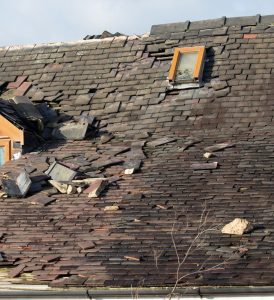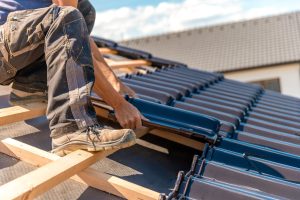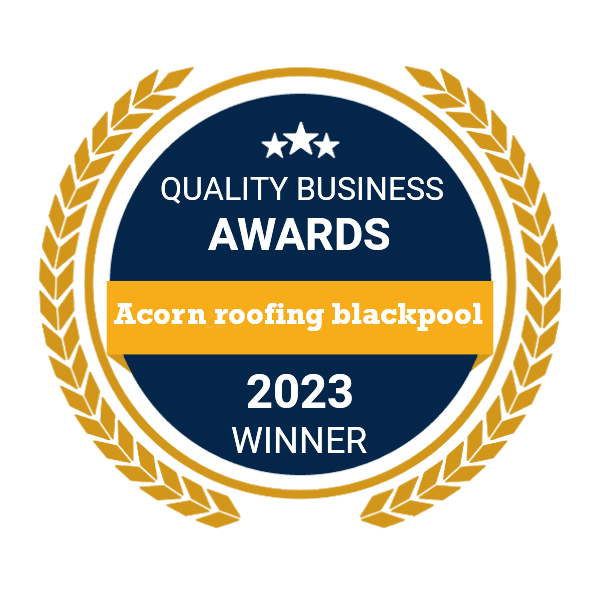What is single-ply roofing and what are its benefits over other types of roofing materials?
Single-ply roofing is a type of roofing system that consists of a single layer of membrane. This membrane can be made from a variety of materials, including PVC, TPO, and EPDM and offers a number of advantages over traditional roofing materials, such as shingles and tiles. For one, they are much easier to install, which can save time and money. Additionally, single-ply roofs are often more durable and longer lasting than other types of roofs. They are also highly resistant to wind, fire, and punctures. As a result, single-ply roofs are an excellent choice for both commercial and residential buildings.
How is single-ply roofing installed, and what are the installation costs compared to other types of roofing materials?
Single-ply roofing is a type of roofing material that is made from a single sheet of synthetic material. It is available in several different colours and thicknesses and can be installed by heat welding or adhesive bonding. Single-ply roofing is most commonly used on commercial buildings, but it can also be used on residential homes. The installation process is relatively simple, and the material is relatively lightweight, making it easy to work with. The main downside of single-ply roofing is that it is less durable than other types of roofing materials, and it is also more expensive. However, the installation costs are typically lower than those of other roofing materials, making single-ply roofing a good choice for many homeowners.
What are the typical lifespans of single-ply roofs compared to other types of roofs, and what are the associated maintenance costs?
The lifespan of a single-ply roof is typically 20-30 years, while the lifespan of most other types of roofs is around 50 years. The main reason for this difference is that single-ply roofs are more susceptible to UV damage and leaks. As a result, they require more frequent repairs and replacements by roofing companies. The associated maintenance costs can also be substantial, making single-ply roofs a less cost-effective option in the long run. However, if you live in an area with high UV exposure or severe weather conditions, a single-ply roof may be the best option to protect your home.
Are there any potential drawbacks to using single-ply roofing materials on your home or business property?
If you’re thinking about roofing your home or business with single-ply materials, you might want to think twice. While single-ply roofing has a lot of advantages – it’s lightweight, easy to install, and relatively inexpensive – there are also some potential drawbacks that you should be aware of. One of the biggest concerns with single-ply roofing is that it doesn’t stand up well to high winds. If you live in an area with high winds, your single-ply roof could be at risk of being blown off.
Another potential issue is that single-ply roofs can be more susceptible to punctures and leaks than other types of roofs. So if you’re looking for a durable, long-lasting roof, single-ply might not be the best choice.
How can you find a qualified contractor to install a single-ply roof on your property in your area?
If you’re in the market for a new roof, you may be wondering how to find a qualified contractor to install a single-ply roof on your property. The answer, of course, is to look for someone who is experienced in installing this type of roof. However, there are a few other things to keep in mind as well. First, make sure that the contractor is licensed and insured. This will protect you in case of any accidents or damage that may occur during the installation process.
Second, ask for references from past clients. This will give you an idea of the contractor’s workmanship and customer service. Finally, get multiple bids from different contractors before making a decision. This will ensure that you get the best possible price for your new roof. By following these simple tips, you can be sure to find a qualified contractor to install a single-ply roof on your property.
Conclusion
So there you have it: everything you need to know about single-ply roofing in one convenient place. We hope this article has been helpful in shedding some light on the topic and helping you make an informed decision about what type of roofing material is right for your needs. If you have any further questions or would like a free quote for installation, please don’t hesitate to contact us. We’re always happy to help!




